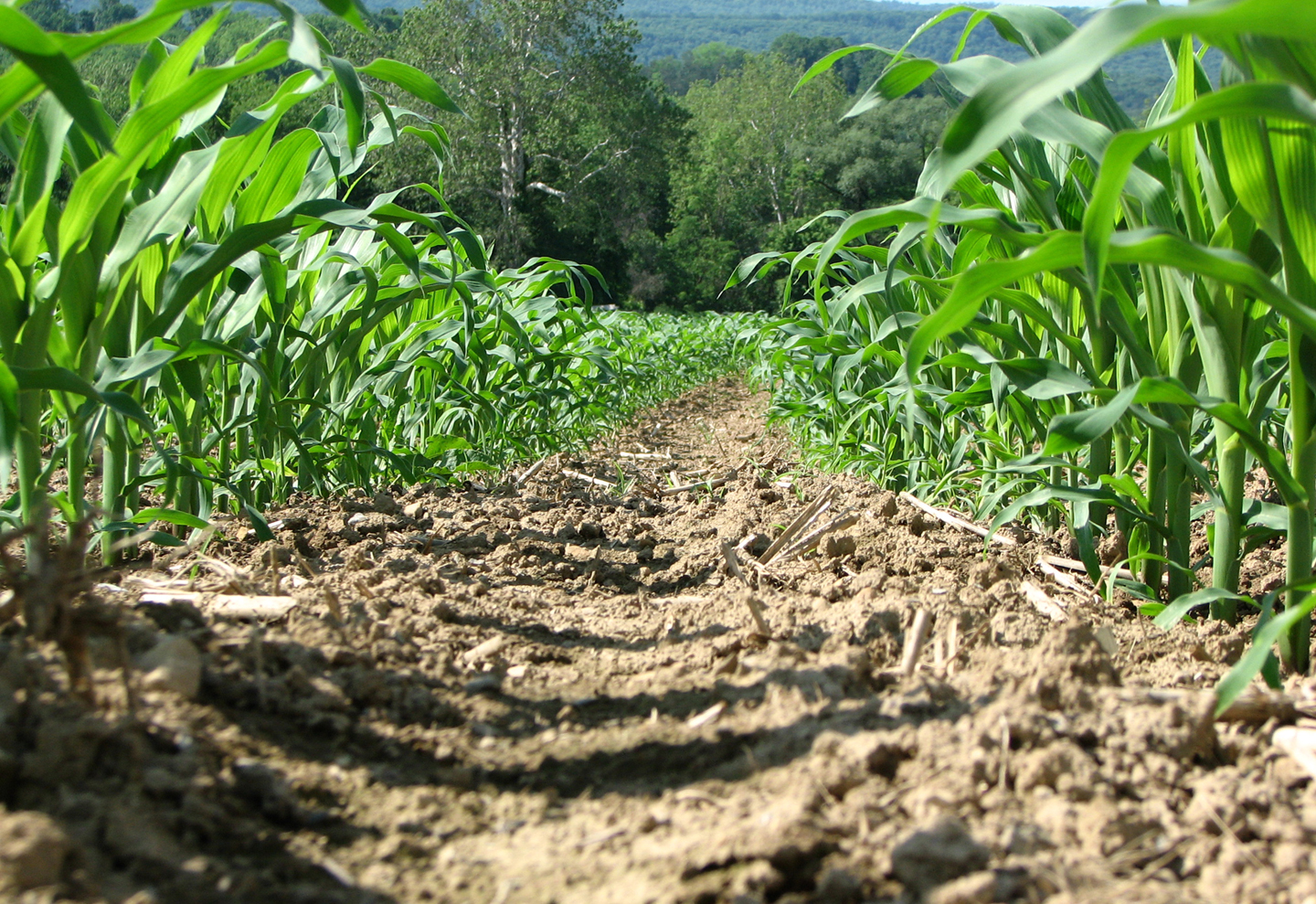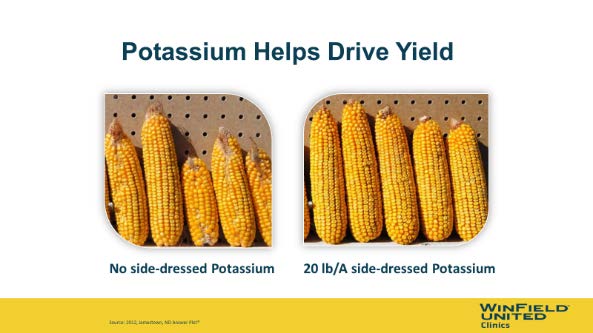Timing is Everything for Side Dress Fertilizer Application
Apr 08, 2025

When side dressing, it is always better to start early. We recommend starting side dressing corn around V4, as the roots really start to grow, and significant nutrient uptake begins to happen. As the corn gets over 12 inches tall, it can grow two to three inches a day in hot weather with good soil moisture, so it is important to make a plan with your agronomist for a timely side-dress application.
When side dressing, Nitrogen is the main nutrient we start with depending on yield goals. We would also suggest Potash to help with stalk integrity, moisture balance, and resiliency to stress – especially on lighter soils. Sulfur is the next nutrient depending on soil and crop rotation. For every 10 to 7 lbs. of actual nitrogen we need 1 lb. of sulfur. Boron is a micro nutrient that helps with the color of corn, to darken it up and balance crop health.

You and your agronomist are making crop plans and these plans can be adjusted throughout the growing season based on rainfall and yield goals. We offer custom application of dry crop nutrients for your farm operation. United Cooperative also offers liquid Nitrogen options, with application equipment that growers can rent for their own use to apply nitrogen and sulfur. United Cooperative also offers pull-type spreaders for growers to apply crop nutrients. Make sure you request the right spreader—narrow for 30-inch rows or wide for 36-inch rows. When side dressing, it is always better to start early. We offer an array of Nitrogen stabilizers to protect your fertility investment. That way more of your fertilizer gets into the plant and is not lost to the air or leached into groundwater.
Now is the time to have a current set of accurate field maps on file with your United Cooperative Agronomy location. These maps need to include all fields that are being farmed with the correct acres and field name. This way, when we spray, spread, sample, or scout, the information we have is up to date and correct. Getting them in ahead of the season gives you time to verify and correct any errors or omissions well before the 2021 cropping season. Start thinking about what fields you’d like to tissue sample in 2021, that way we can best serve you in-season. Tissue tests have about a four- to six-day turnaround and are a great tool to see what is happening inside the plant. Your United Cooperative agronomist can schedule getting tissue samples pulled from your crops and go over the results with you.
When side dressing, Nitrogen is the main nutrient we start with depending on yield goals. We would also suggest Potash to help with stalk integrity, moisture balance, and resiliency to stress – especially on lighter soils. Sulfur is the next nutrient depending on soil and crop rotation. For every 10 to 7 lbs. of actual nitrogen we need 1 lb. of sulfur. Boron is a micro nutrient that helps with the color of corn, to darken it up and balance crop health.

You and your agronomist are making crop plans and these plans can be adjusted throughout the growing season based on rainfall and yield goals. We offer custom application of dry crop nutrients for your farm operation. United Cooperative also offers liquid Nitrogen options, with application equipment that growers can rent for their own use to apply nitrogen and sulfur. United Cooperative also offers pull-type spreaders for growers to apply crop nutrients. Make sure you request the right spreader—narrow for 30-inch rows or wide for 36-inch rows. When side dressing, it is always better to start early. We offer an array of Nitrogen stabilizers to protect your fertility investment. That way more of your fertilizer gets into the plant and is not lost to the air or leached into groundwater.
Now is the time to have a current set of accurate field maps on file with your United Cooperative Agronomy location. These maps need to include all fields that are being farmed with the correct acres and field name. This way, when we spray, spread, sample, or scout, the information we have is up to date and correct. Getting them in ahead of the season gives you time to verify and correct any errors or omissions well before the 2021 cropping season. Start thinking about what fields you’d like to tissue sample in 2021, that way we can best serve you in-season. Tissue tests have about a four- to six-day turnaround and are a great tool to see what is happening inside the plant. Your United Cooperative agronomist can schedule getting tissue samples pulled from your crops and go over the results with you.